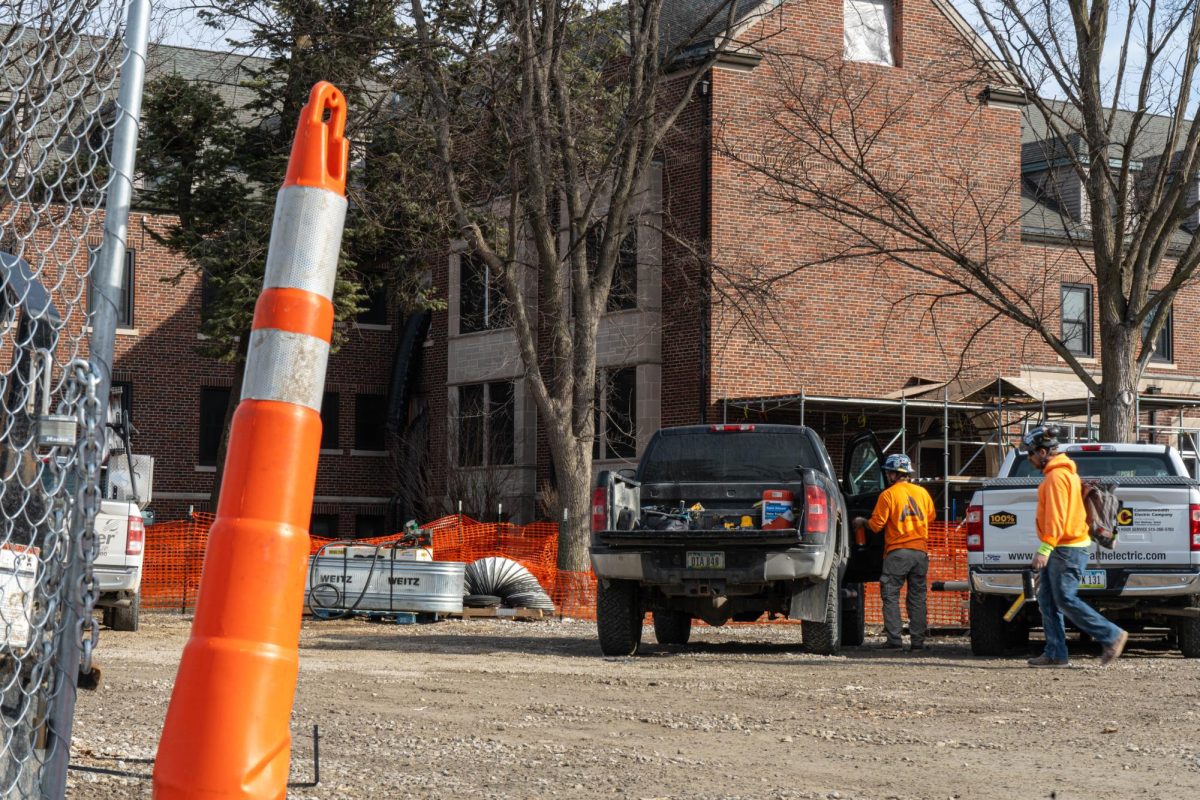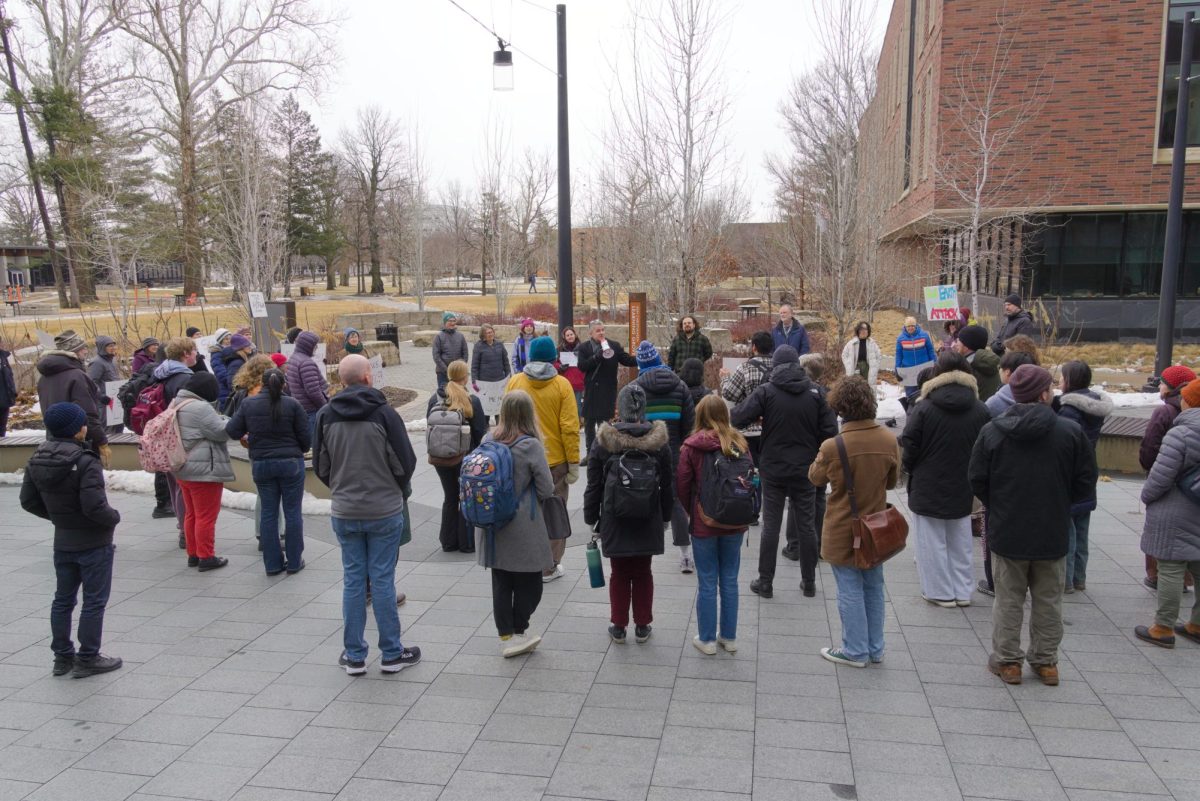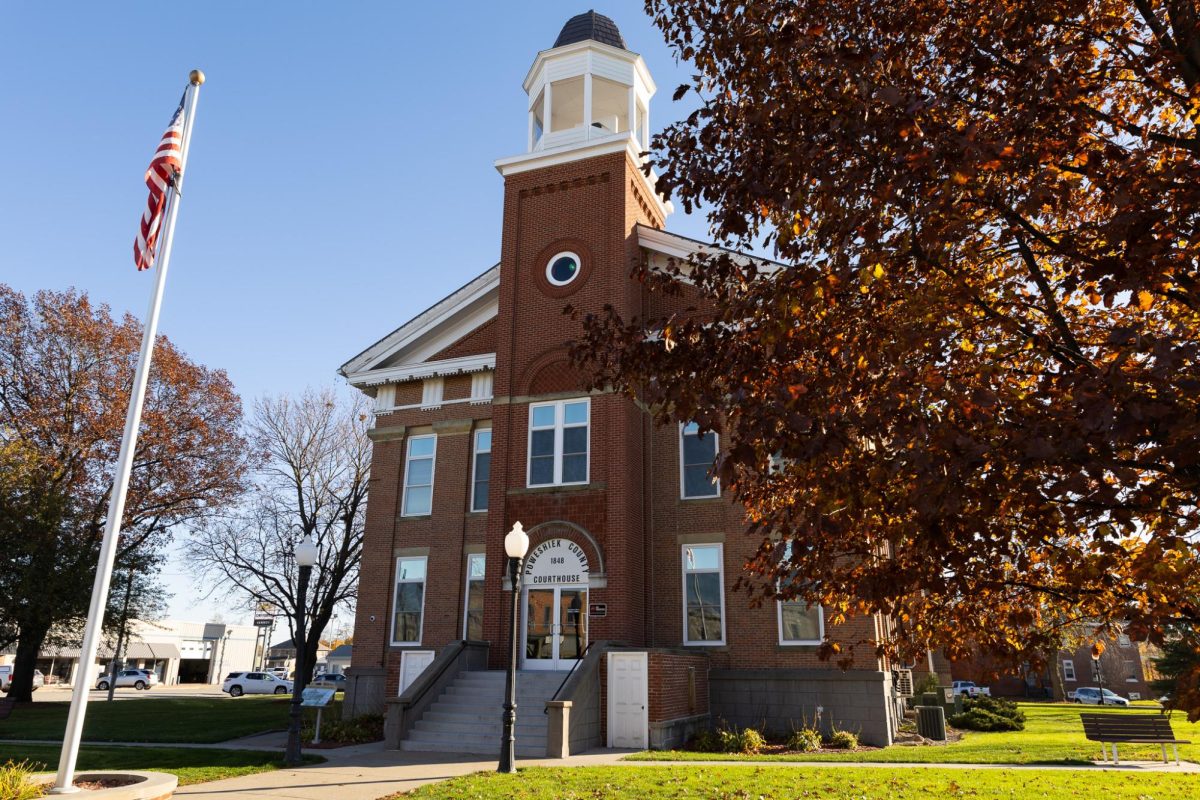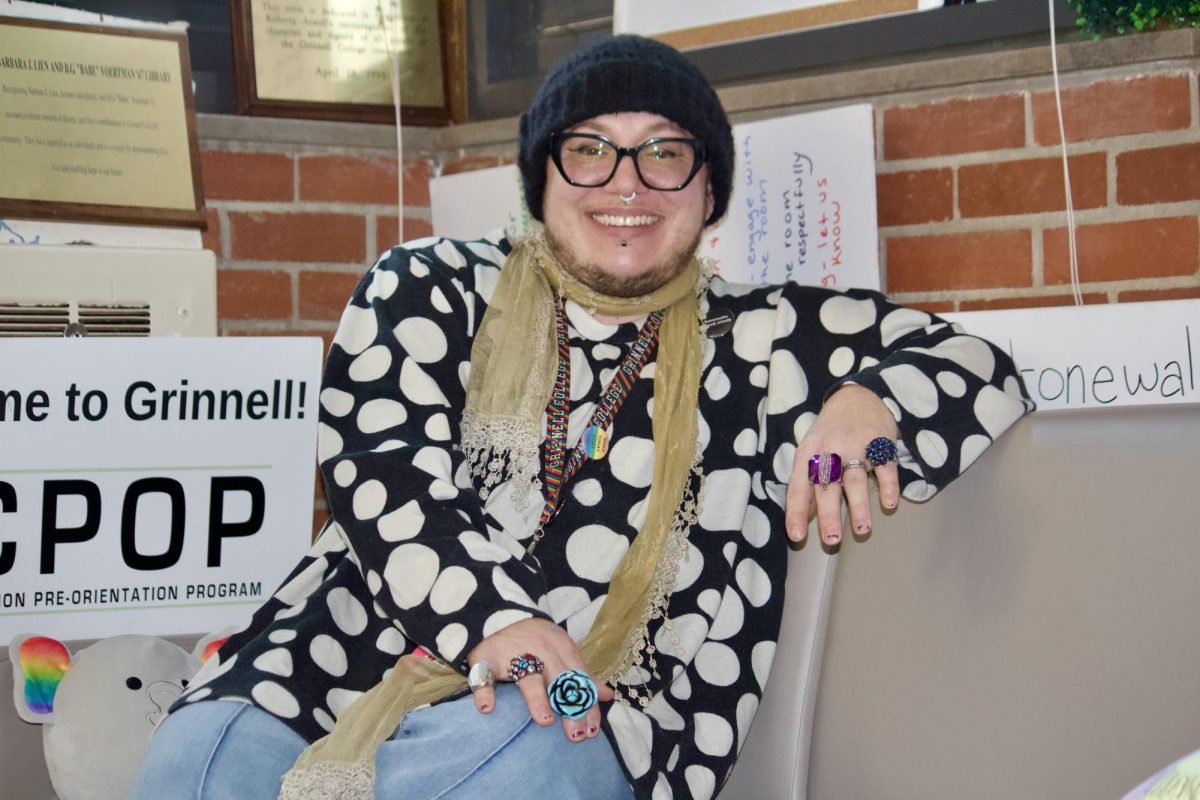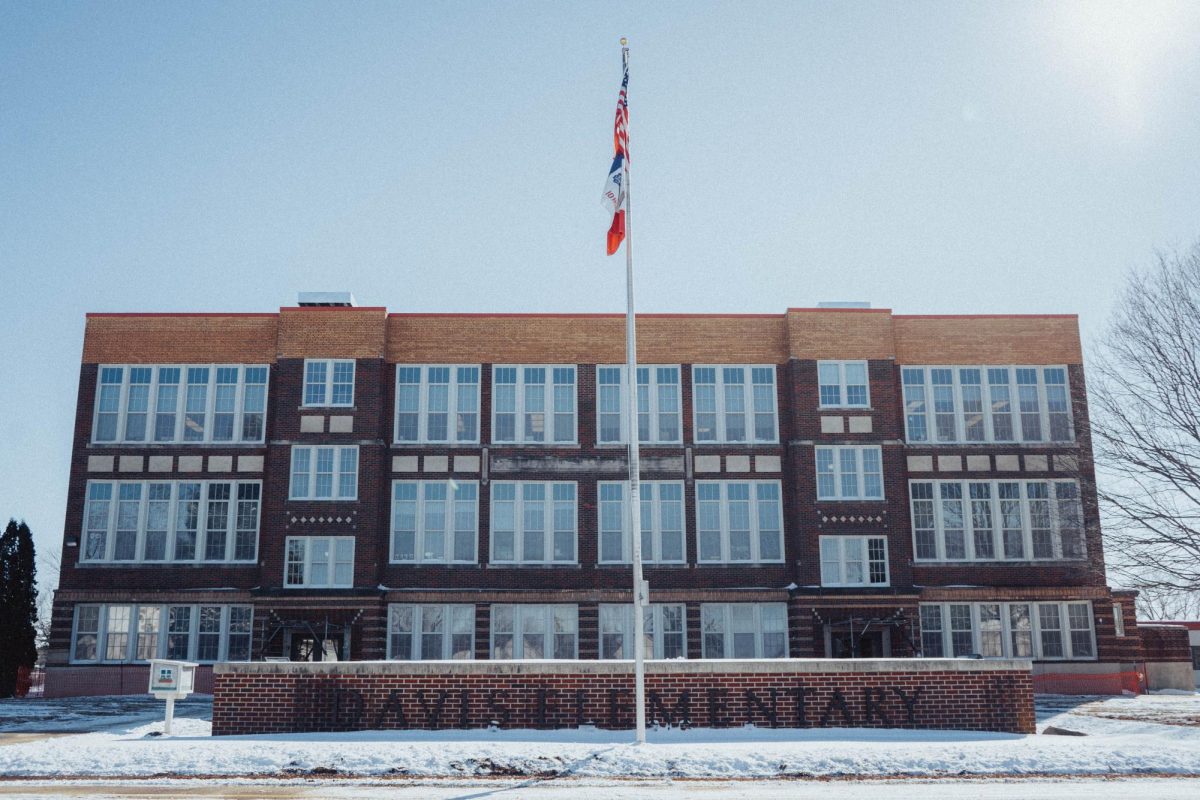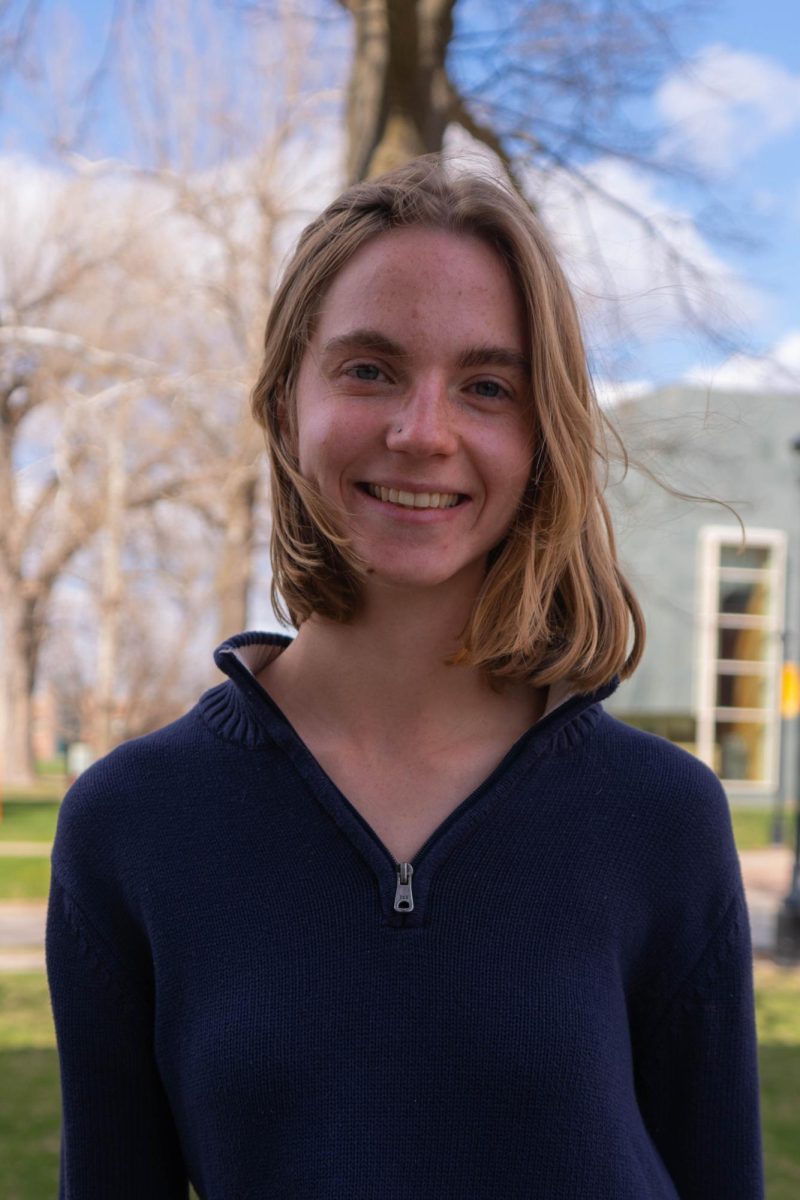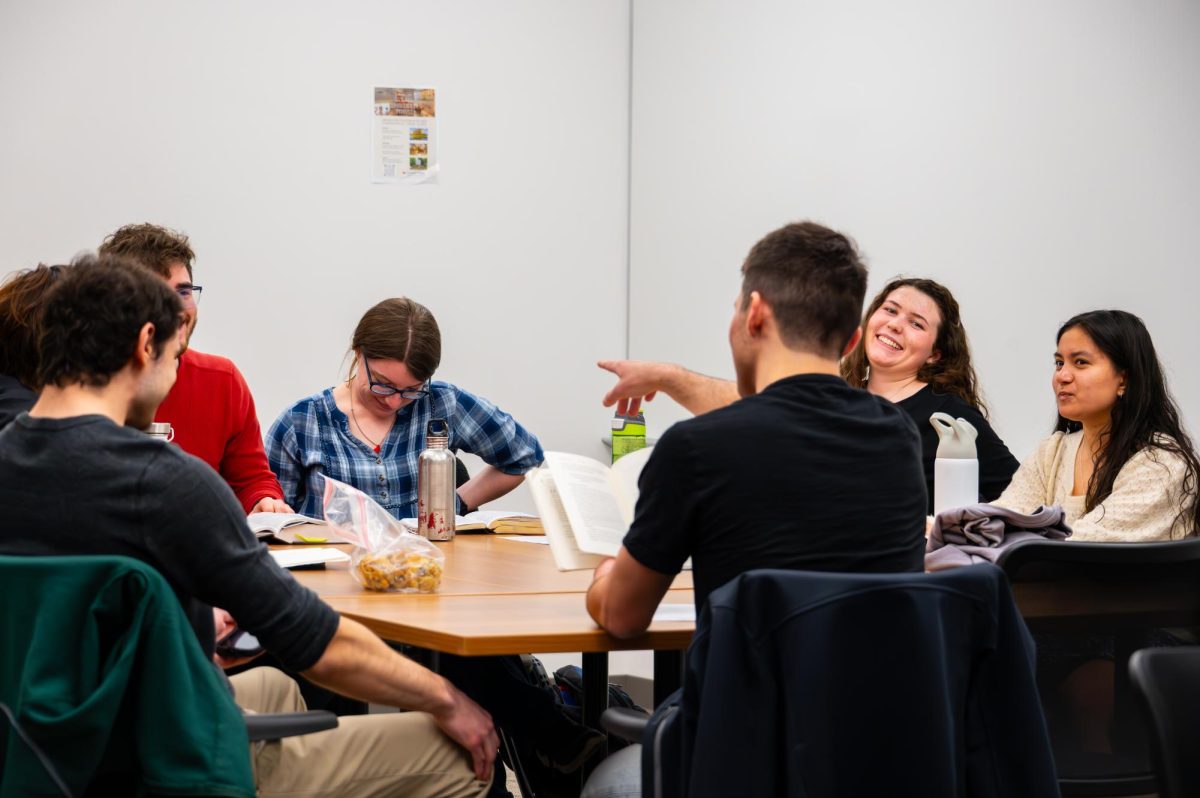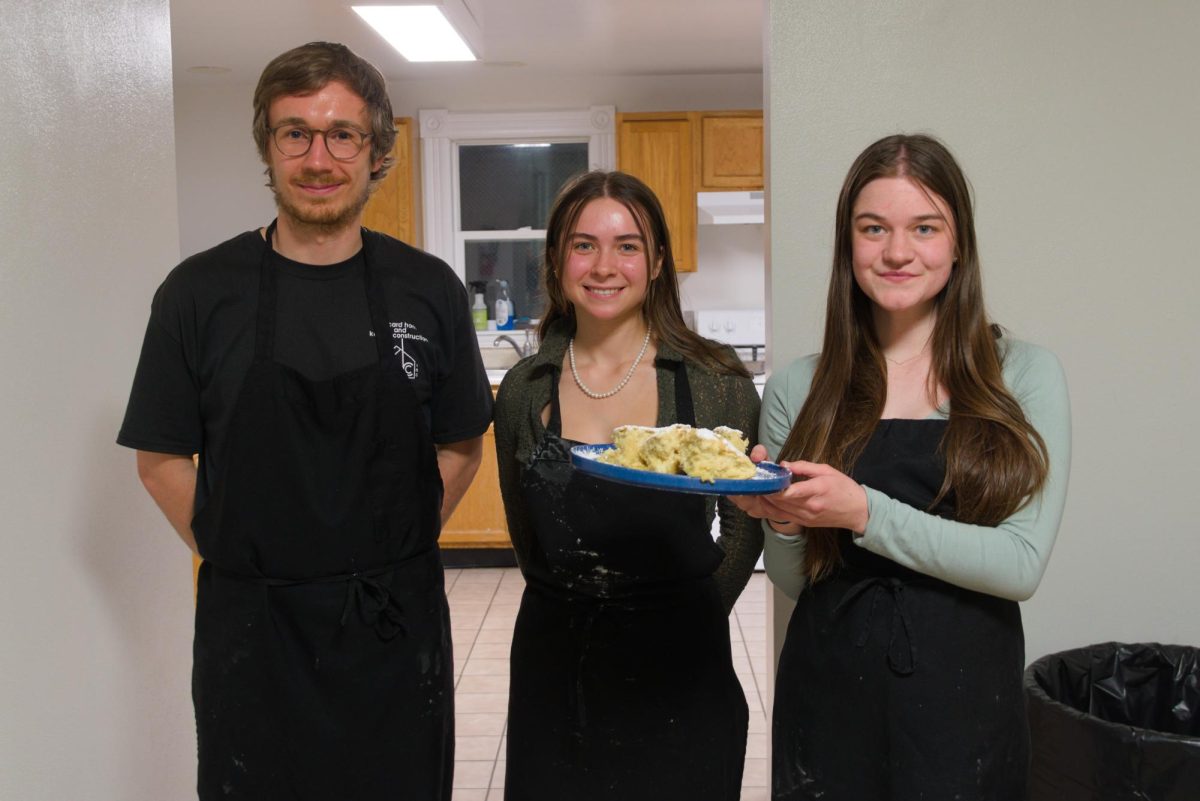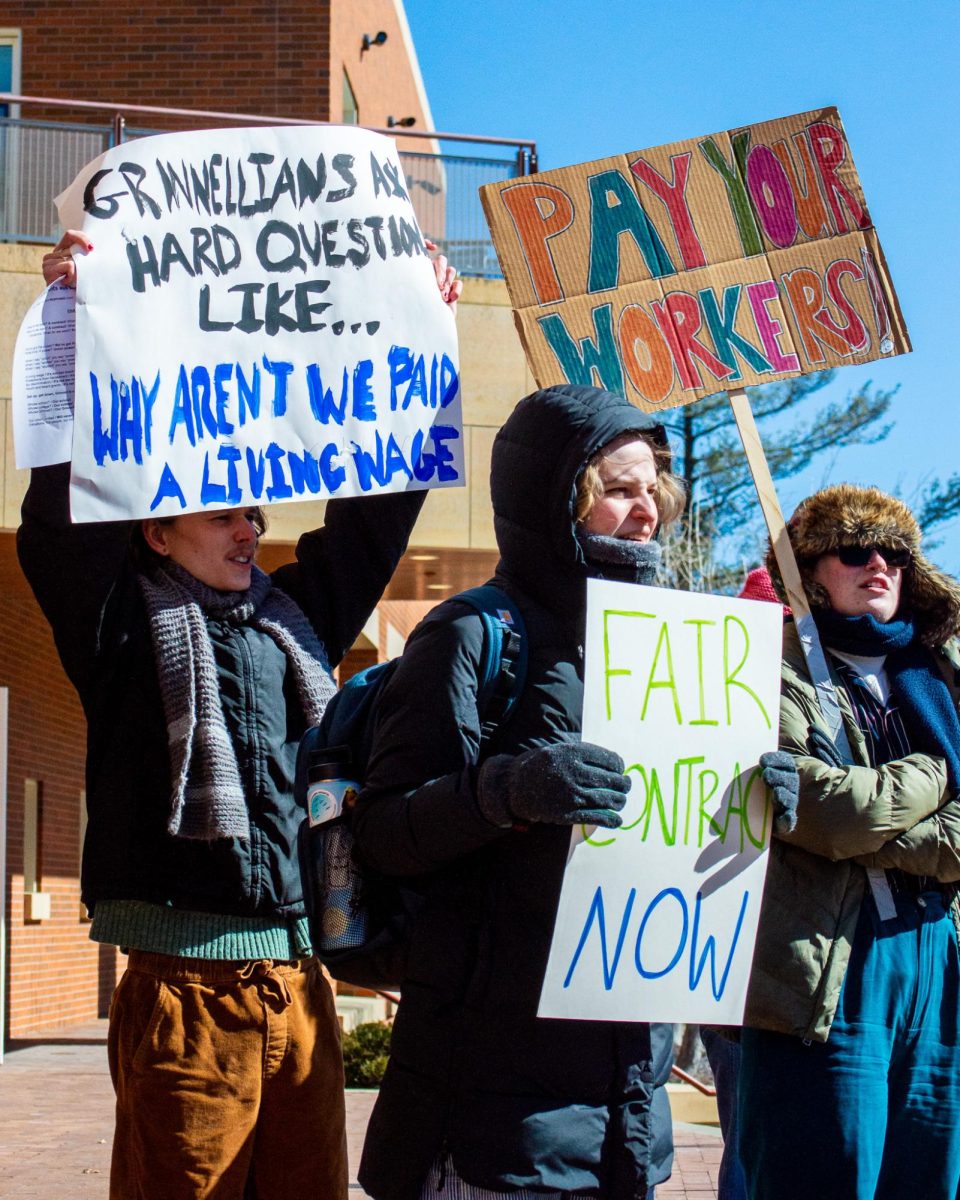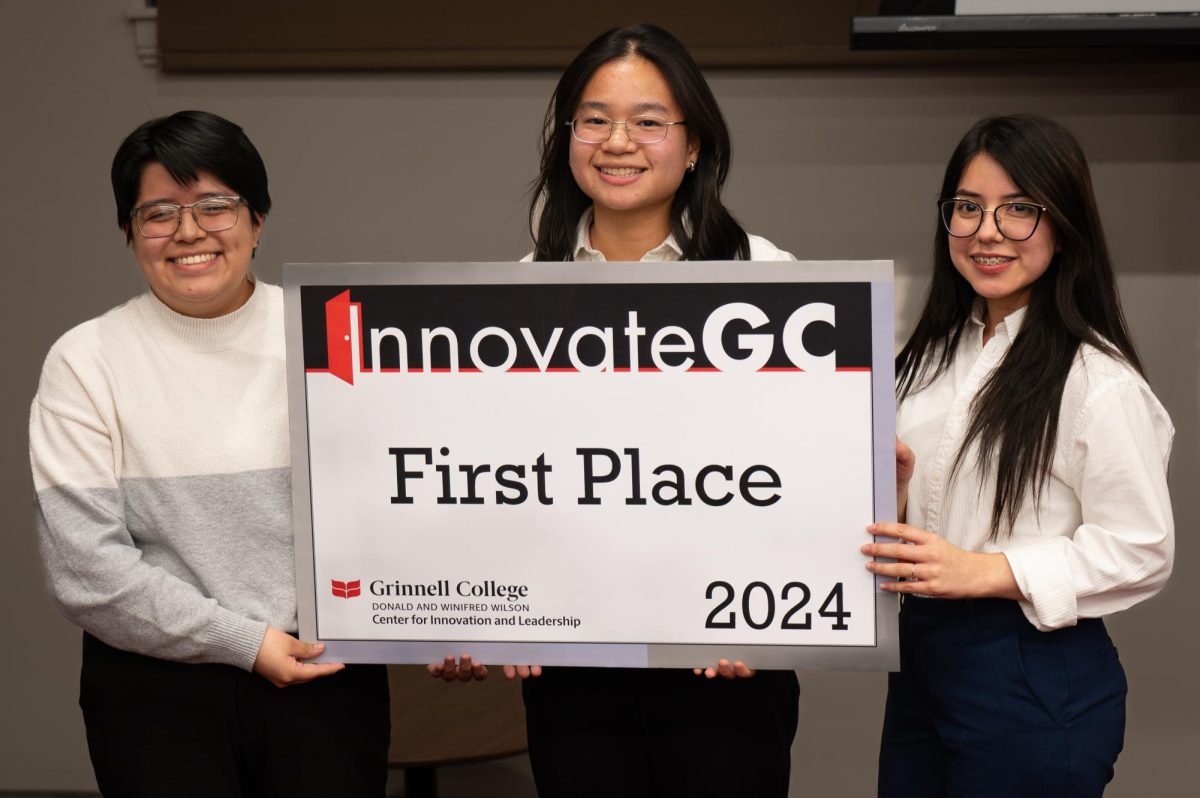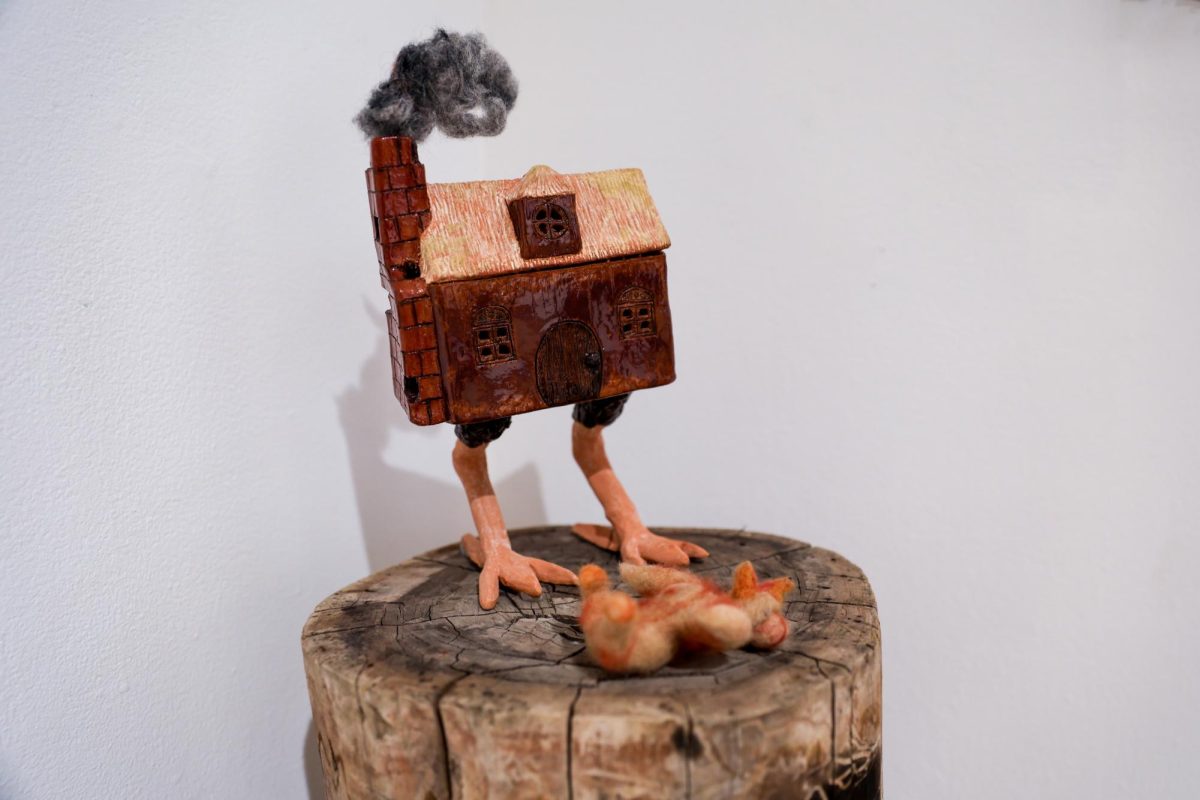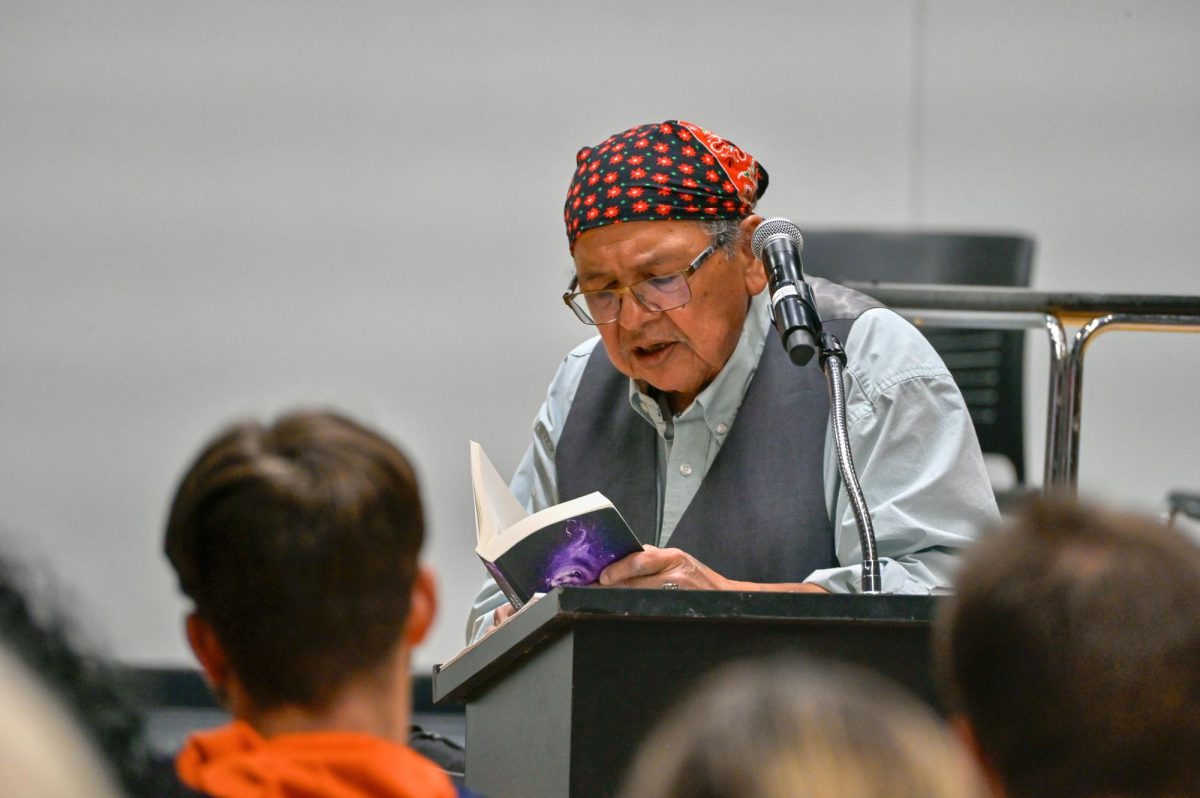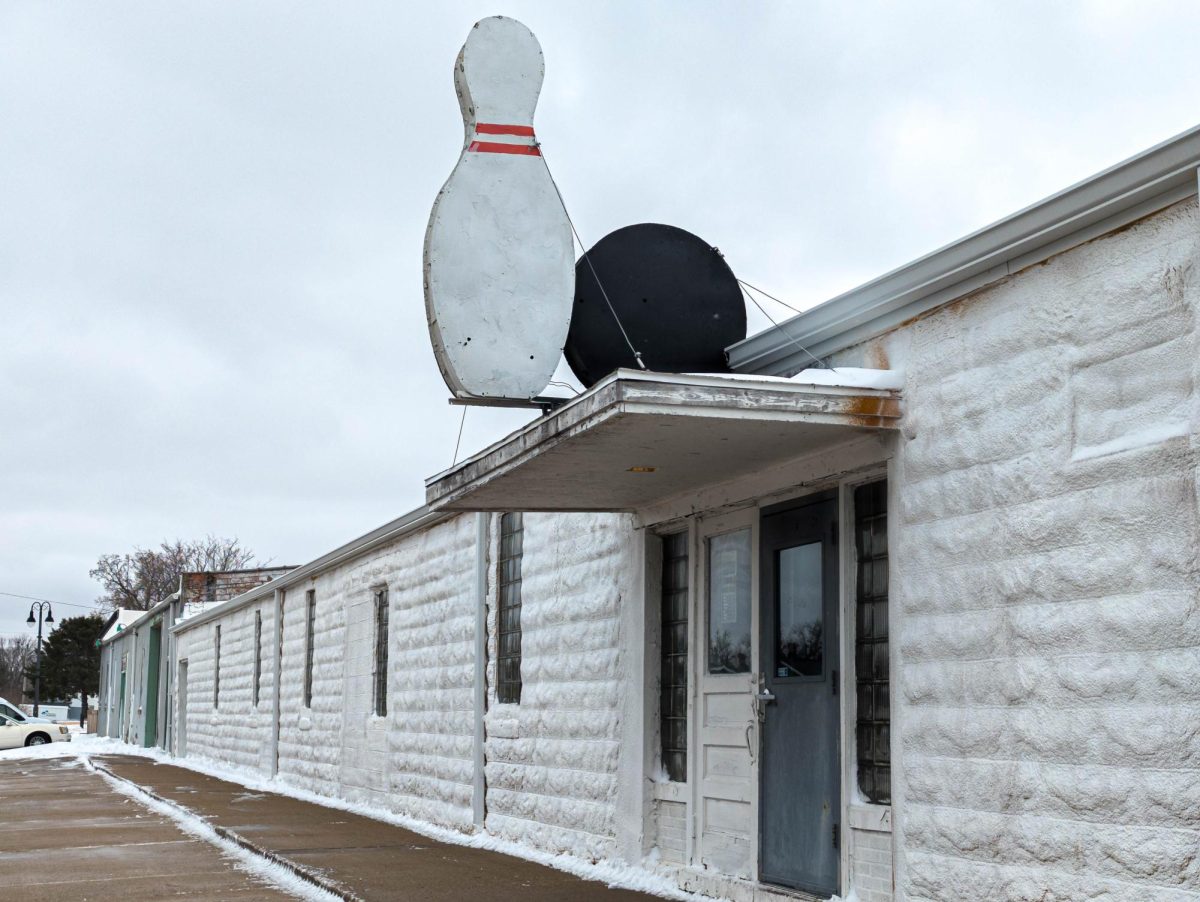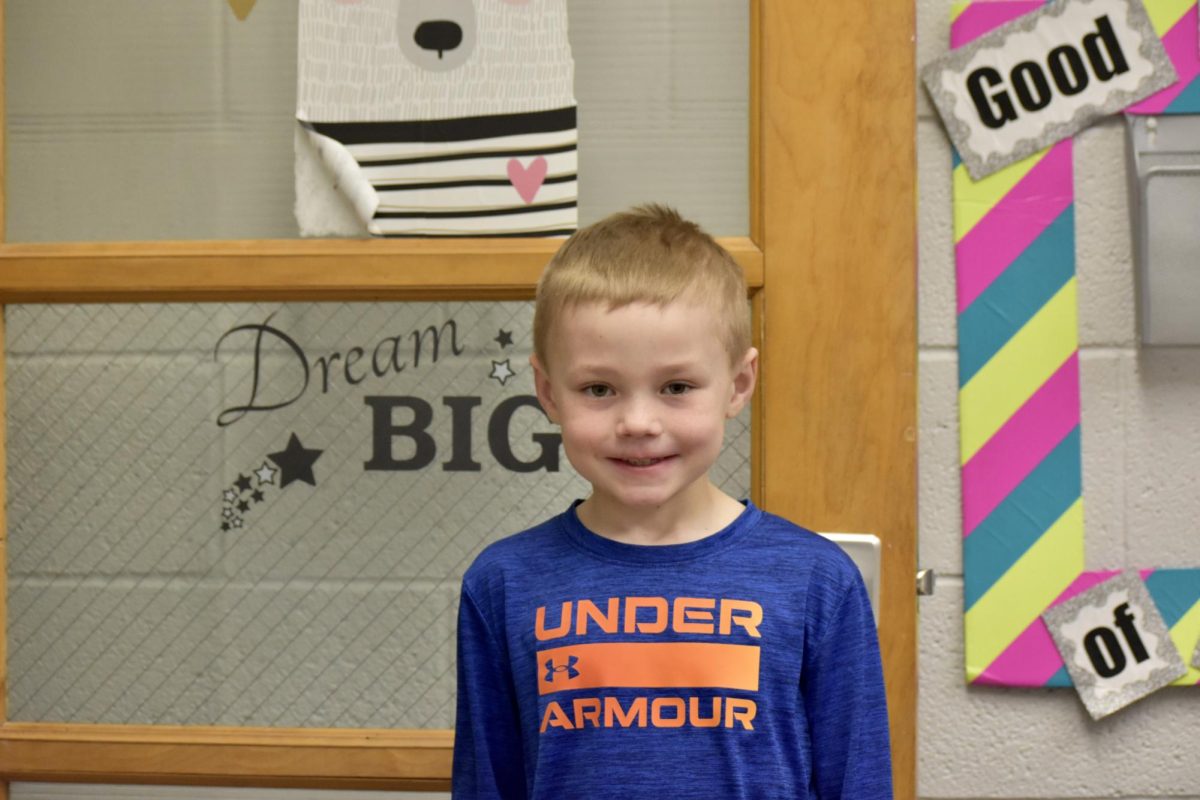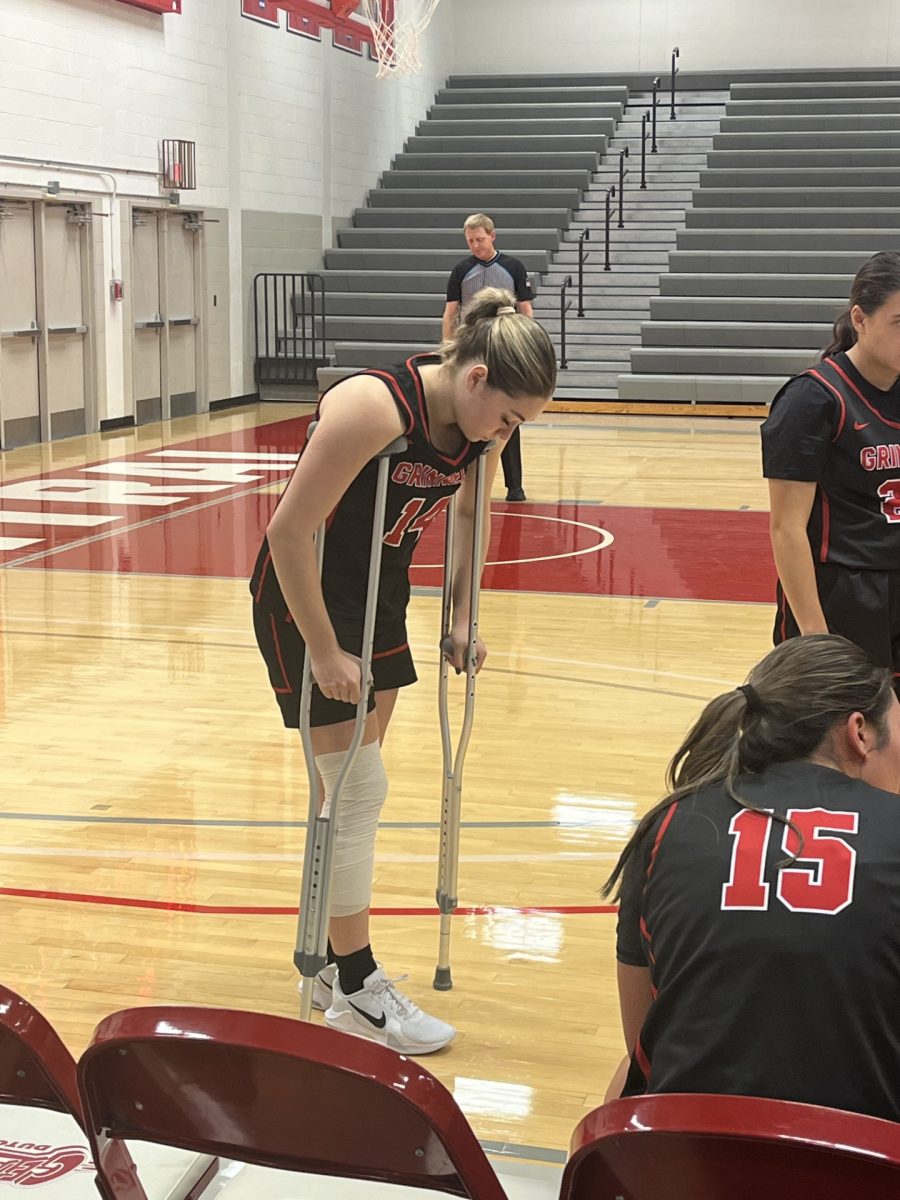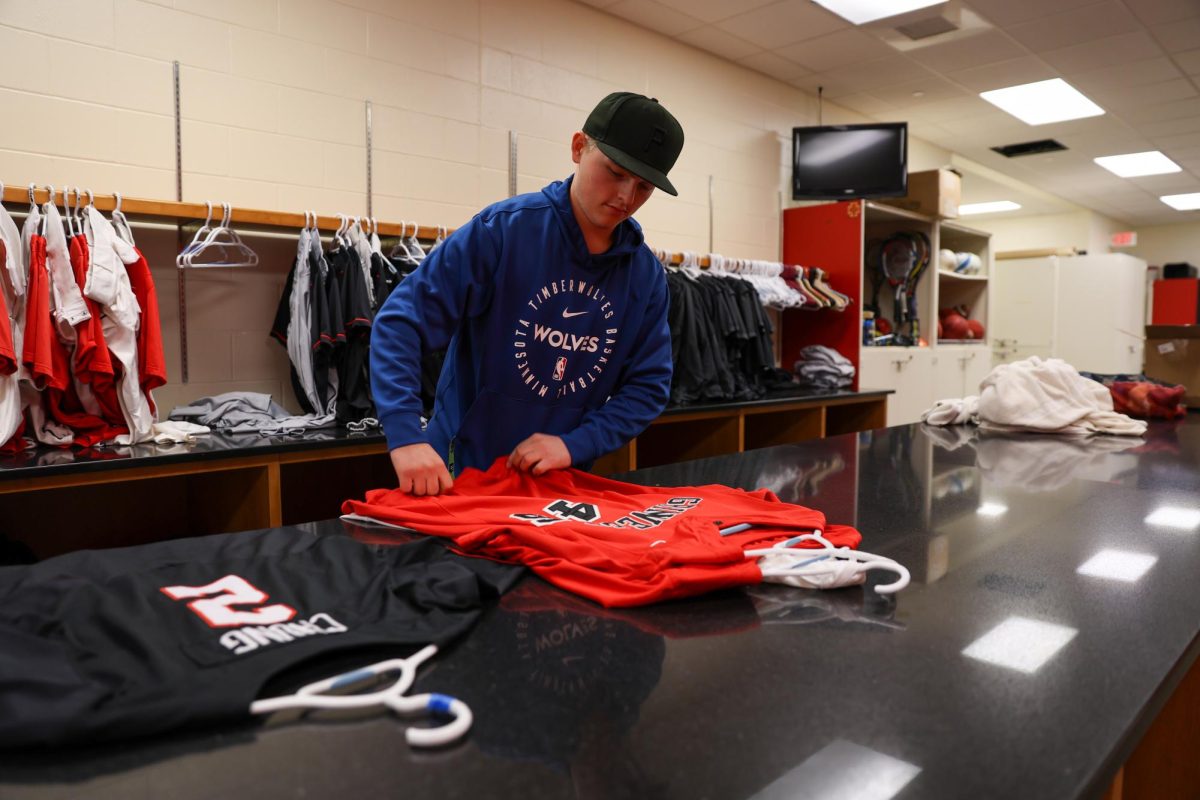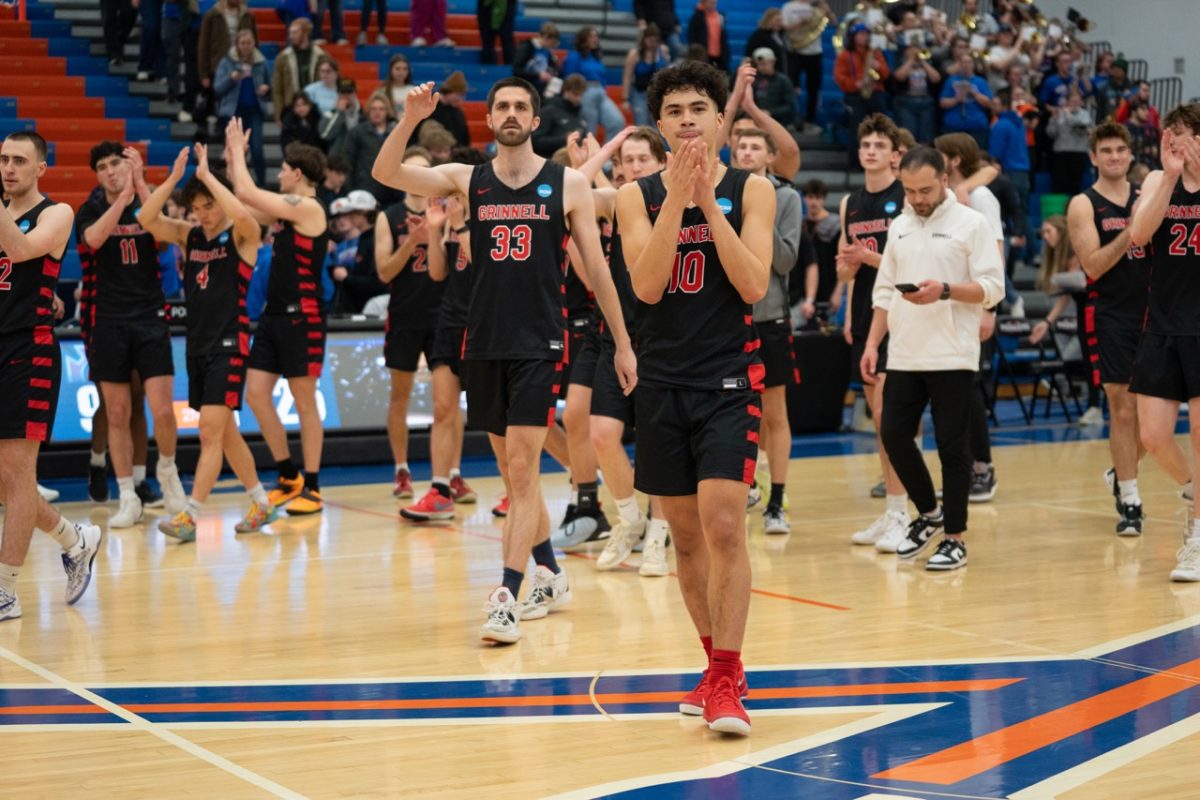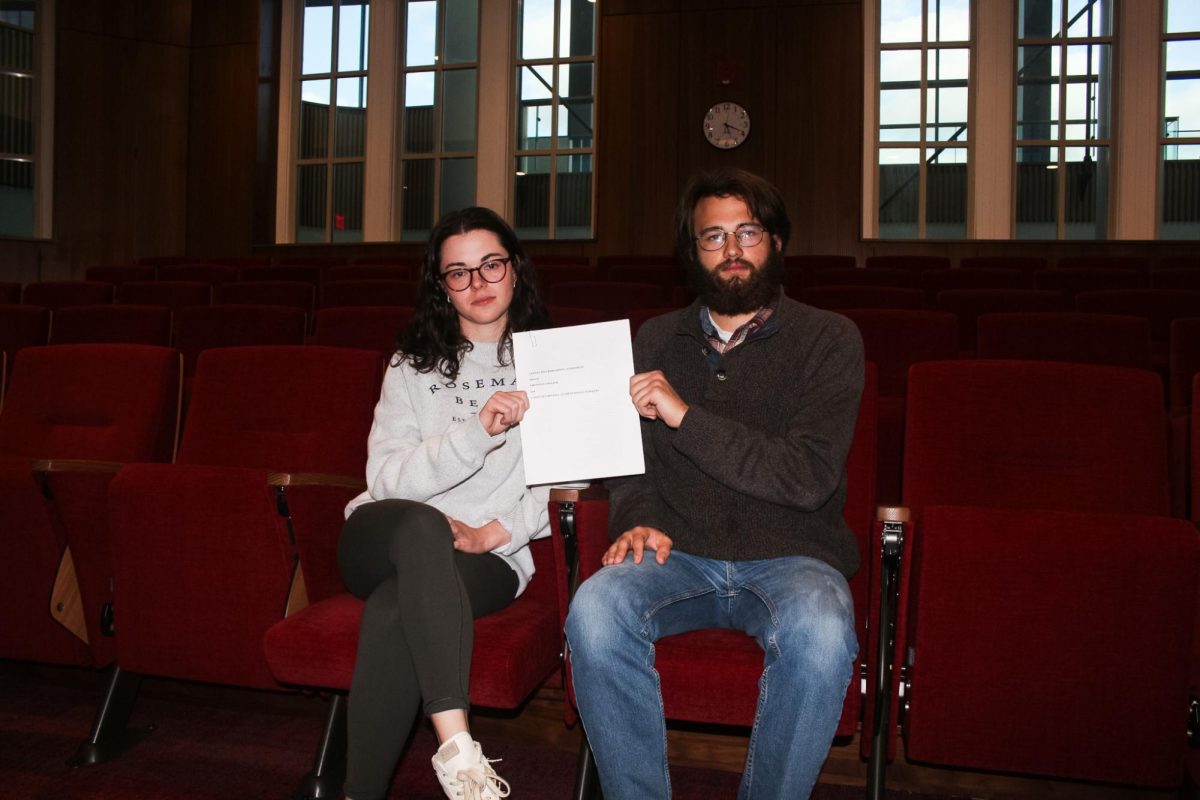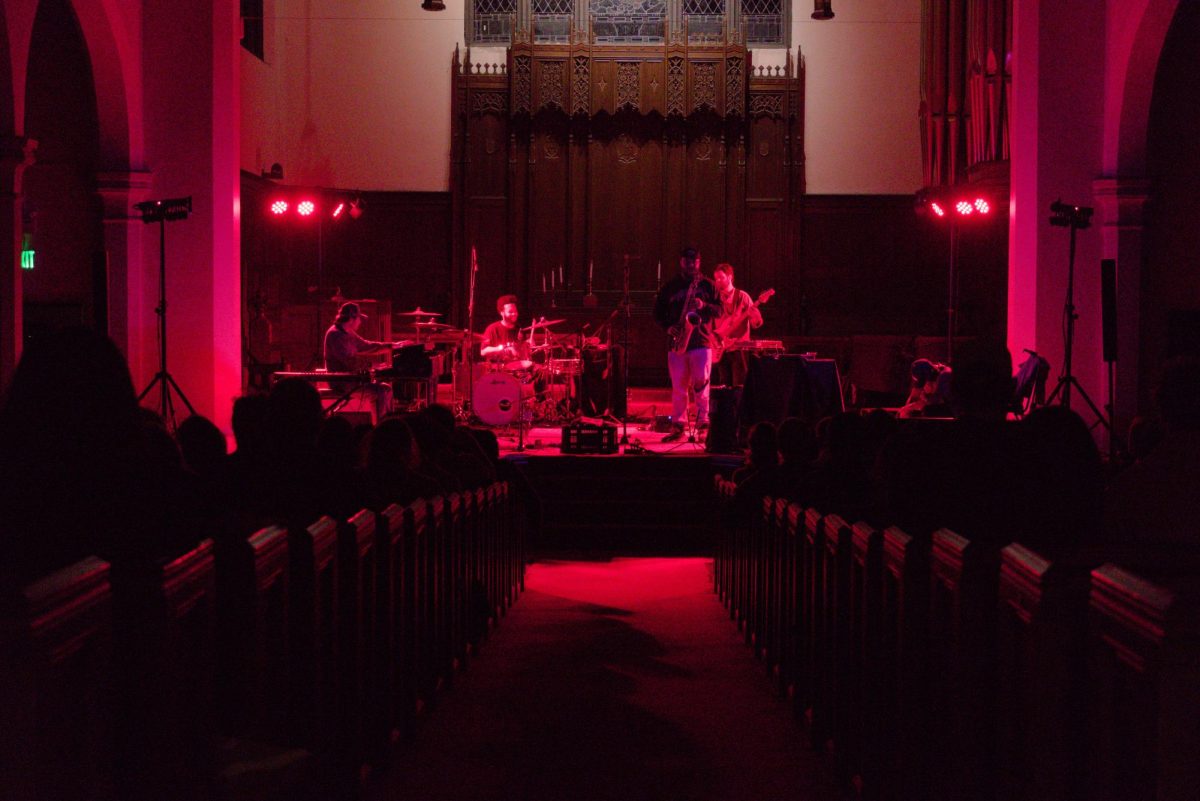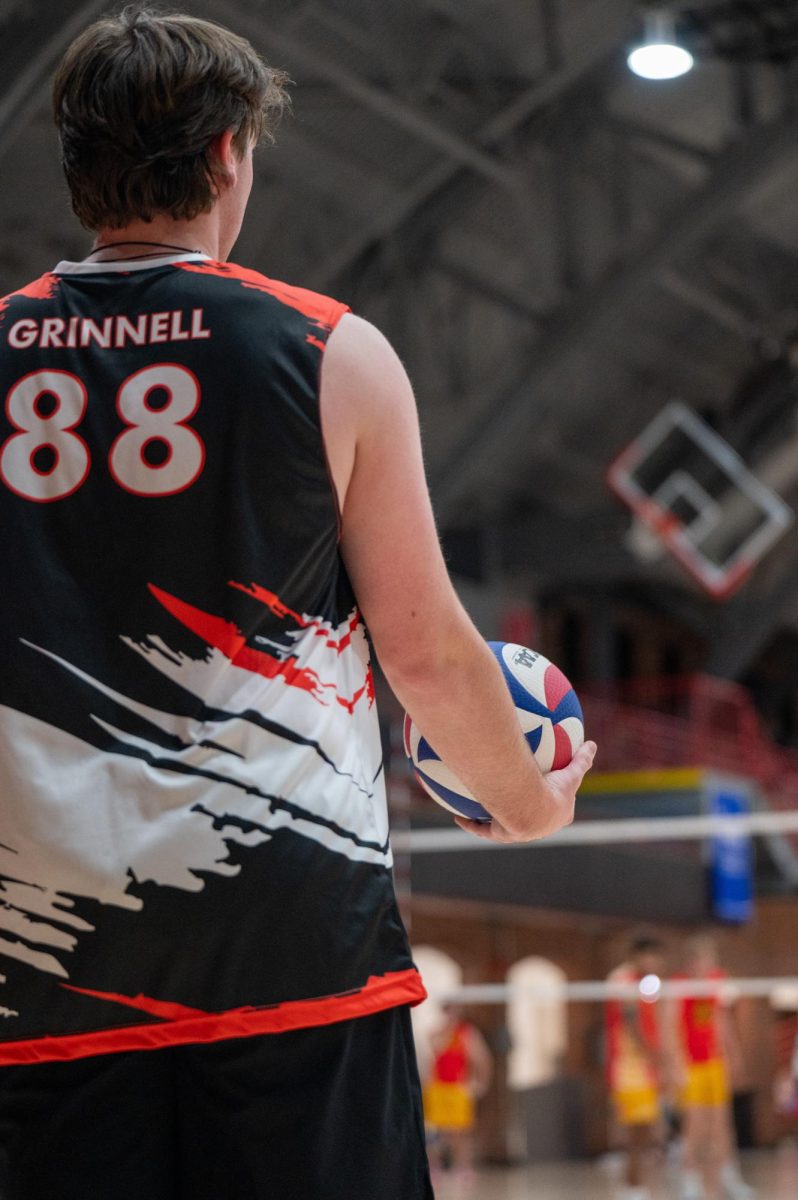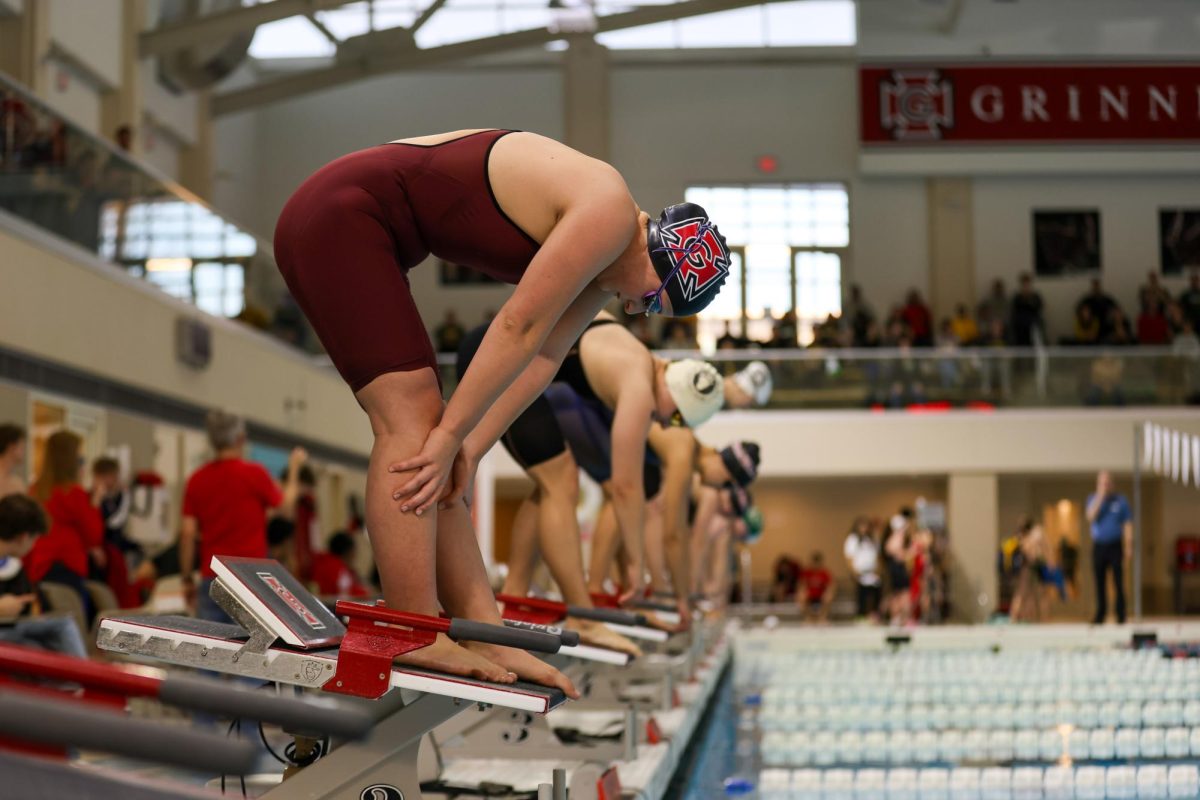What is Grinnell College focusing on in regards to academic support and graduation rates? How will the College address issues facing students who are at risk of not graduating within six years? The Office of Analytic Support and Institutional Research (OASIR) answered these questions and more in a presentation hosted in JRC 101 on Tuesday, Oct. 7 titled “Inside Grinnell—Forecasting Graduation Rates.” The presenters outlined Grinnell’s goals with regards to the College’s six-year graduation rate and the ways that administrators will strive to meet them.
Randy Stiles, Associate Vice President for Analytic Support and Institutional Research, pointed out that the subject of raising graduation rates is particularly timely because the Obama administration discussed tying federal funding to institutional performance in terms of these percentages. Stiles noted that although Grinnell was recently ranked second in The New York Times’ access index, Grinnell can only be classified as a “good” completion school in comparison to its Peer 16 schools.
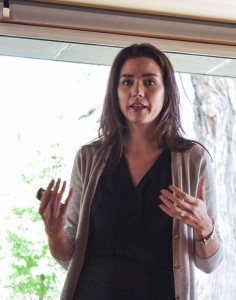
Photo by Sarah Ruiz.
In the chart that Stiles addressed, there was a clump of Grinnell’s Peer 16 schools with 91 to 95 percent graduation rates and a second clump with 85 to 87 percent graduation rates. Stiles stated that currently Grinnell has an 86 percent six-year graduation rate, but the College will strive for a 92 percent graduation rate.
“We want to figure out how to move to the first clump,” Stiles said. “We need great access, great completion rates and great preparation.”
Stiles, Kaitlin Wilcox, the Assistant Director of Analytic Support and Institutional Research, and Carlie VanWilligen, the Associate Director of Analytic Support and Institutional Research, contended that a significant component of increasing completion rates is the student community and the support that Grinnell can provide, academically and otherwise.
“It’s about the relationship between students, students and faculty and students and staff,” Wilcox said. “We want to close the loop, so to speak. We want intervention to work in the long run.”
Wilcox said that there is a strong emphasis on providing the appropriate intervention at the right time and for the right students. However, this can be incredibly complicated because common predictors of graduation rates, such as test scores, are often incomplete in the Grinnellian context.
“High scores don’t provide a lot of variation in data, as those are traditionally prescriptive of graduation rates, but they don’t work here with clusters of data,” Wilcox said. Later, Wilcox pointed out that Grinnell has a low disparity in regards to graduation rates tied to socioeconomic status, a sticking point for most colleges and universities.
Stiles explained that the OASIR has been working with other institutions, such as the University of South Carolina and Carleton College, to address the problem of graduation rates and to adopt practices that have worked at these schools.
“We want to build a more extensive, more robust record of the student … with educationally-purposeful experiences,” Wilcox said. “The University of South Carolina tracks academic records and also non-credit records, which tracks stuff going on in [students’] general lives.”
Grinnell has traditionally used a quantitative method to analyze predictors of student success. For example, Grinnell distributes the CIRP Freshman survey to incoming classes, with additional questions provided by the Duckworth “Grit” scale and the ETS Success navigator.
“There are non-academic factors associated with academic ability, such as perseverance and self-efficacy,” Wilcox said, adding that the OASIR has just gotten back the CIRP data and will begin analyzing it soon.

Photo by Sarah Ruiz.
Stiles mentioned that the OASIR has been working closely with Andrea Nixon of Carleton College, who uses a qualitative method that has proven effective for predicting and increasing student graduation rates.
“Carleton has been asking students about student engagement in academic support. It tracked where they liked to study, what they enjoyed studying, for a data-driven discussion on encouraging students to go to support,” Stiles said. “The thing I like about Carleton’s approach is that they just ask the students.”
Overall, Wilcox and VanWilligen highlighted that supporting students to finish their degrees and to do so at Grinnell is important both as an investment and as a fulfillment of Grinnell’s social justice mission.
“There’s a good economic argument for why we should do more on educating students here,” Wilcox said. “Student success is more than graduating from Grinnell College, but our financial support and quality of education is a great opportunity that we can achieve for so many people here, and the more the better.”
The next presentation for “In Grinnell Series” will be titled “The Class of 2018 and their Financial Aid” and will be hosted in JRC 101 on Tuesday, Oct. 14 at noon.

